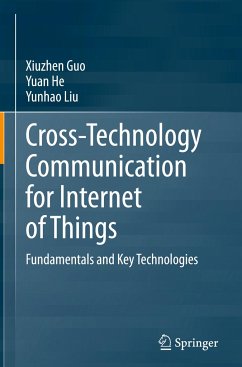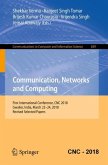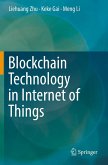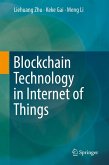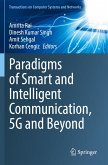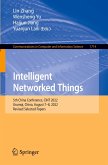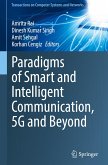Cross-technology communication (CTC) is a technology that enables direct communication between heterogeneous devices that use different wireless standards. It works like a "translator" between two or more wireless technologies. CTC not only creates a new avenue for inter-operation and data exchange between wireless devices but also enhances the ability to manage wireless networks.
This book focuses on the enabling technology CTC and introduces readers to a variety of CTC techniques in heterogeneous wireless networks. These techniques can be divided into two categories: packet-level CTCs based on energy modulation and channel intervention; and physical-level CTCs based on cross-demapping, digital emulation, and split encoding. The book offers a comprehensive comparison and analysis, granting readers a deeper understanding of CTC techniques in terms of throughput, reliability, hardware modification, and concurrency. Moreover, it highlights upper-layer CTC application scenariosand cutting-edge developments, which include but are not limited to interference management, channel quality estimation, network routing, etc.
The book is intended for all readers - e.g., researchers, students, and even professionals - who are interested in the areas of wireless networking, wireless communication, mobile computing, and Internet of Things. The findings and summaries presented here can help: 1) guide researchers to rethink CTC techniques in connection with design methodology; 2) further advance the infrastructure of future IoT by introducing CTC; and 3) enable important IoT applications by delivering ubiquitous network connectivity.
This book focuses on the enabling technology CTC and introduces readers to a variety of CTC techniques in heterogeneous wireless networks. These techniques can be divided into two categories: packet-level CTCs based on energy modulation and channel intervention; and physical-level CTCs based on cross-demapping, digital emulation, and split encoding. The book offers a comprehensive comparison and analysis, granting readers a deeper understanding of CTC techniques in terms of throughput, reliability, hardware modification, and concurrency. Moreover, it highlights upper-layer CTC application scenariosand cutting-edge developments, which include but are not limited to interference management, channel quality estimation, network routing, etc.
The book is intended for all readers - e.g., researchers, students, and even professionals - who are interested in the areas of wireless networking, wireless communication, mobile computing, and Internet of Things. The findings and summaries presented here can help: 1) guide researchers to rethink CTC techniques in connection with design methodology; 2) further advance the infrastructure of future IoT by introducing CTC; and 3) enable important IoT applications by delivering ubiquitous network connectivity.

